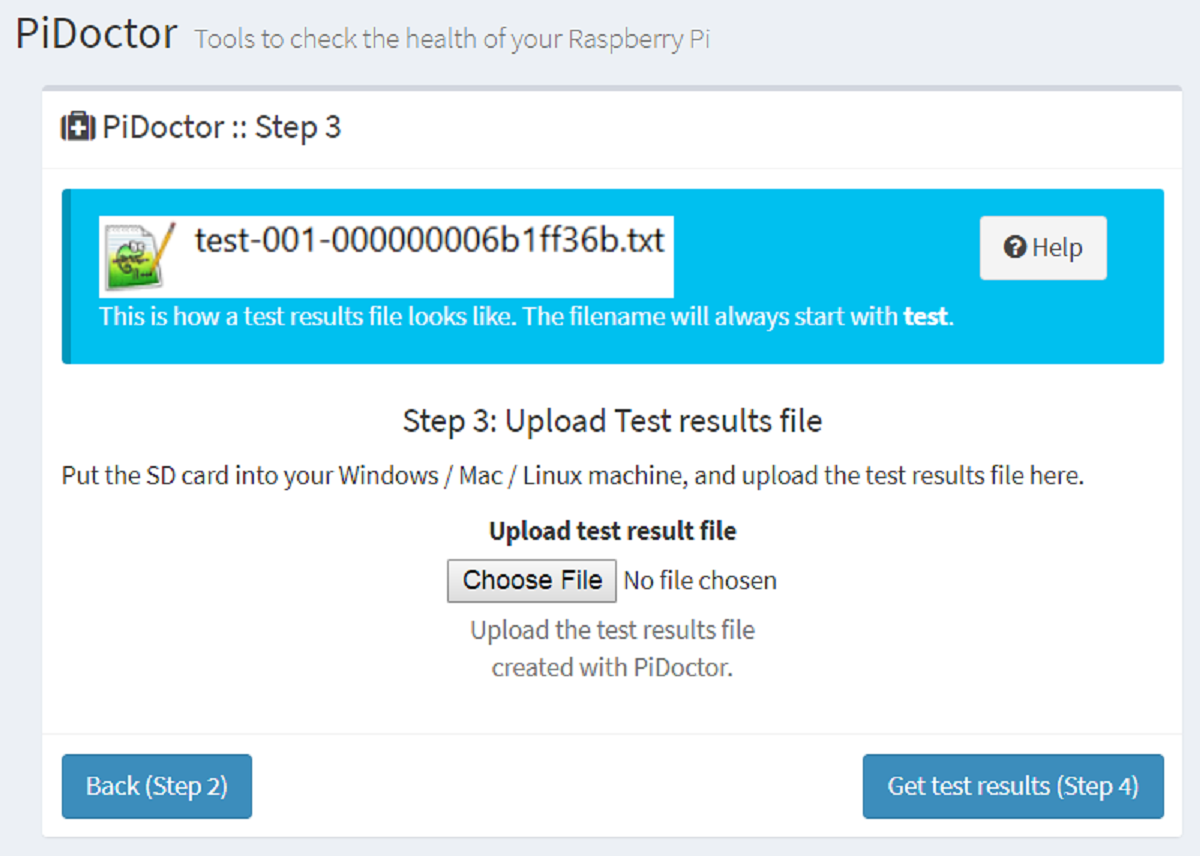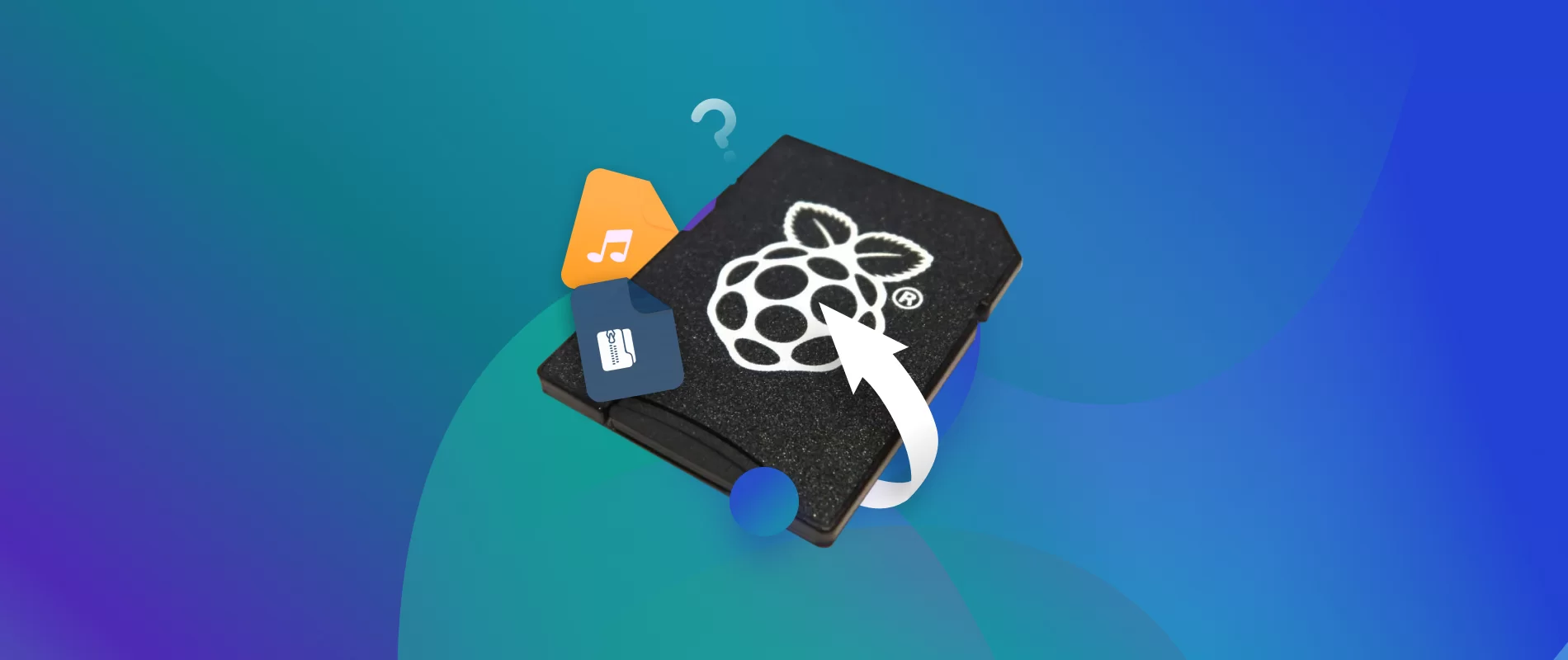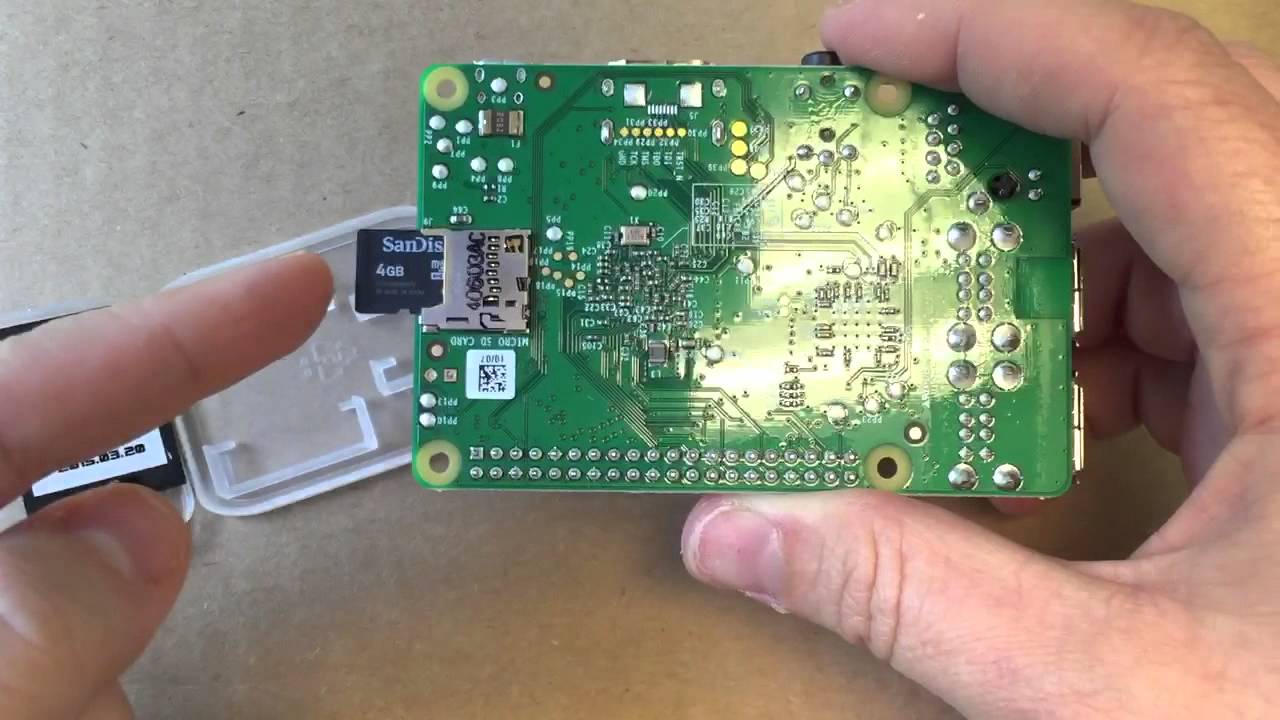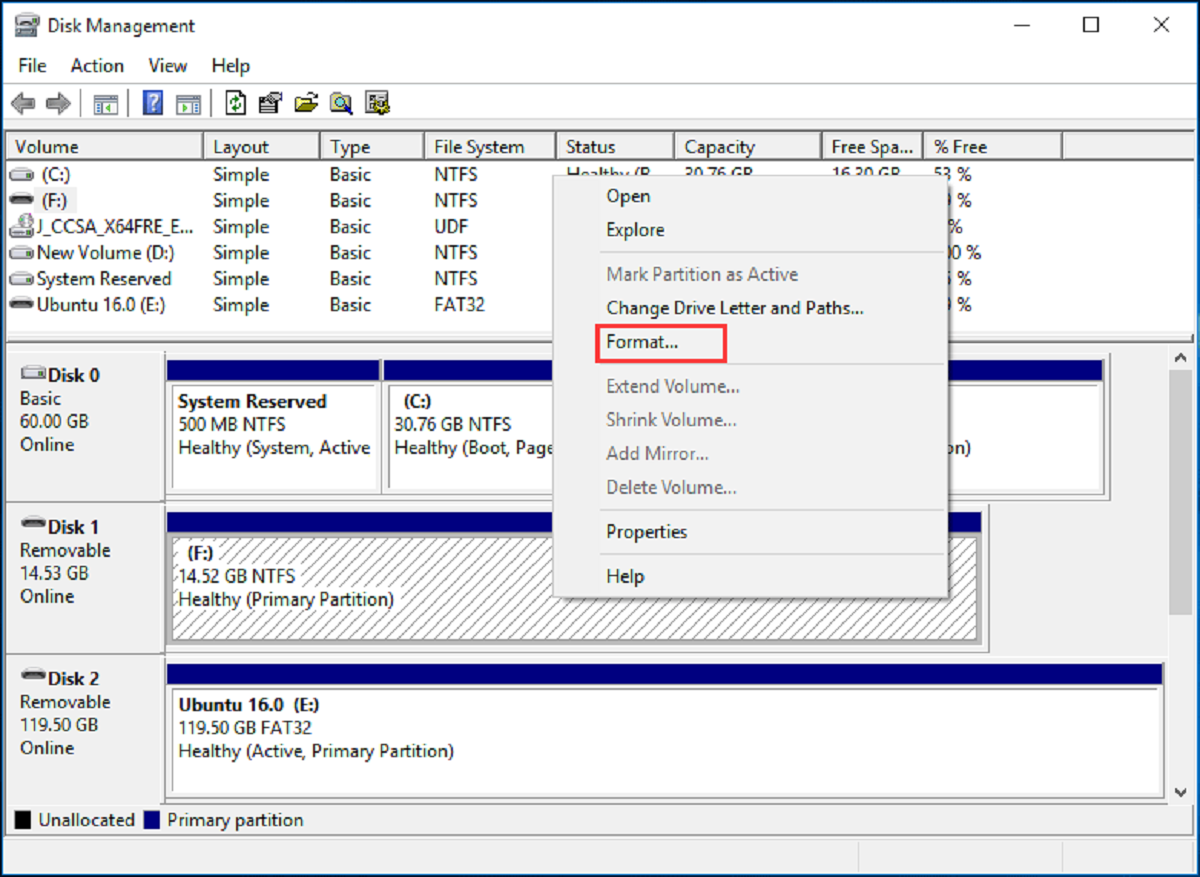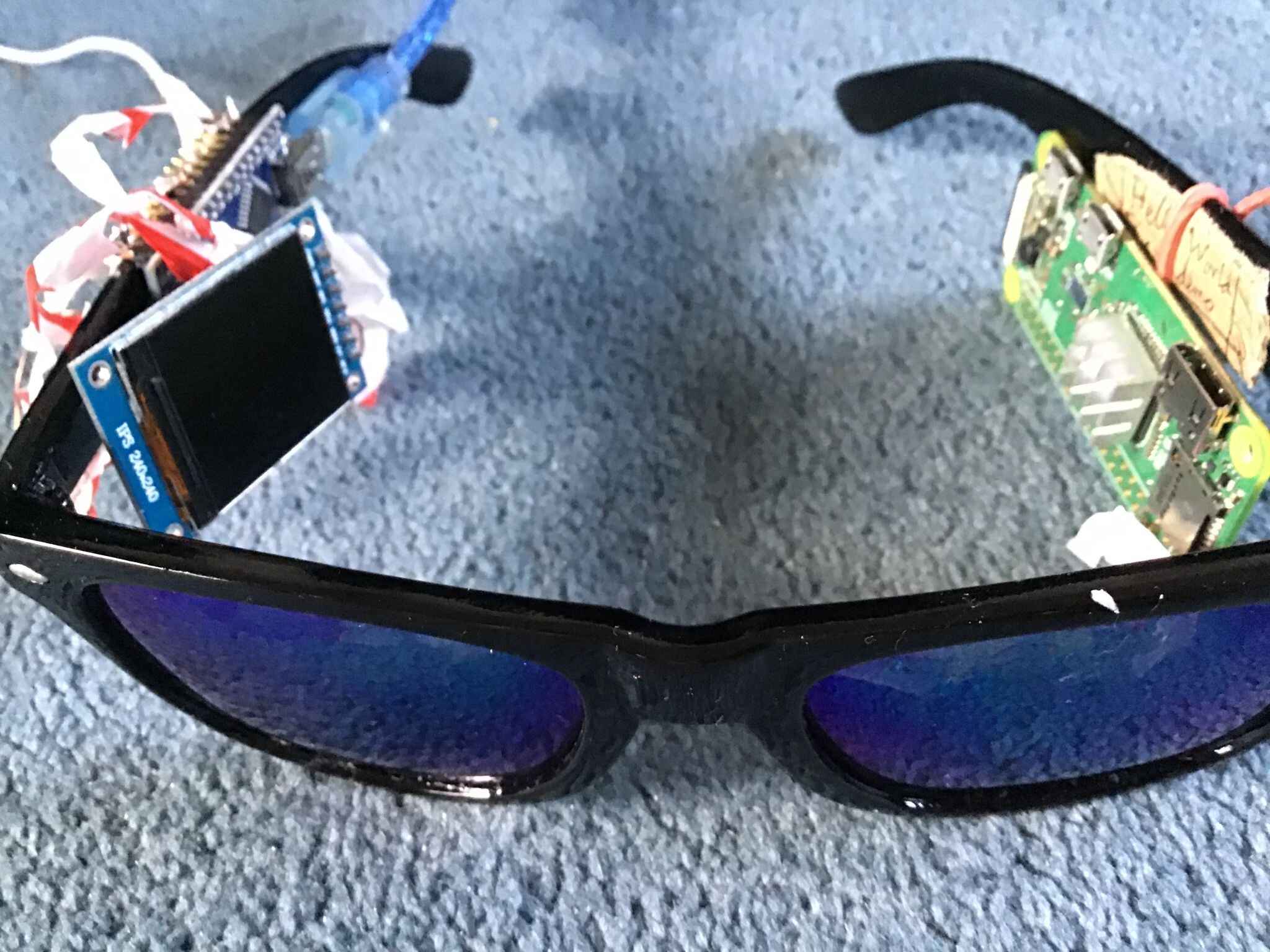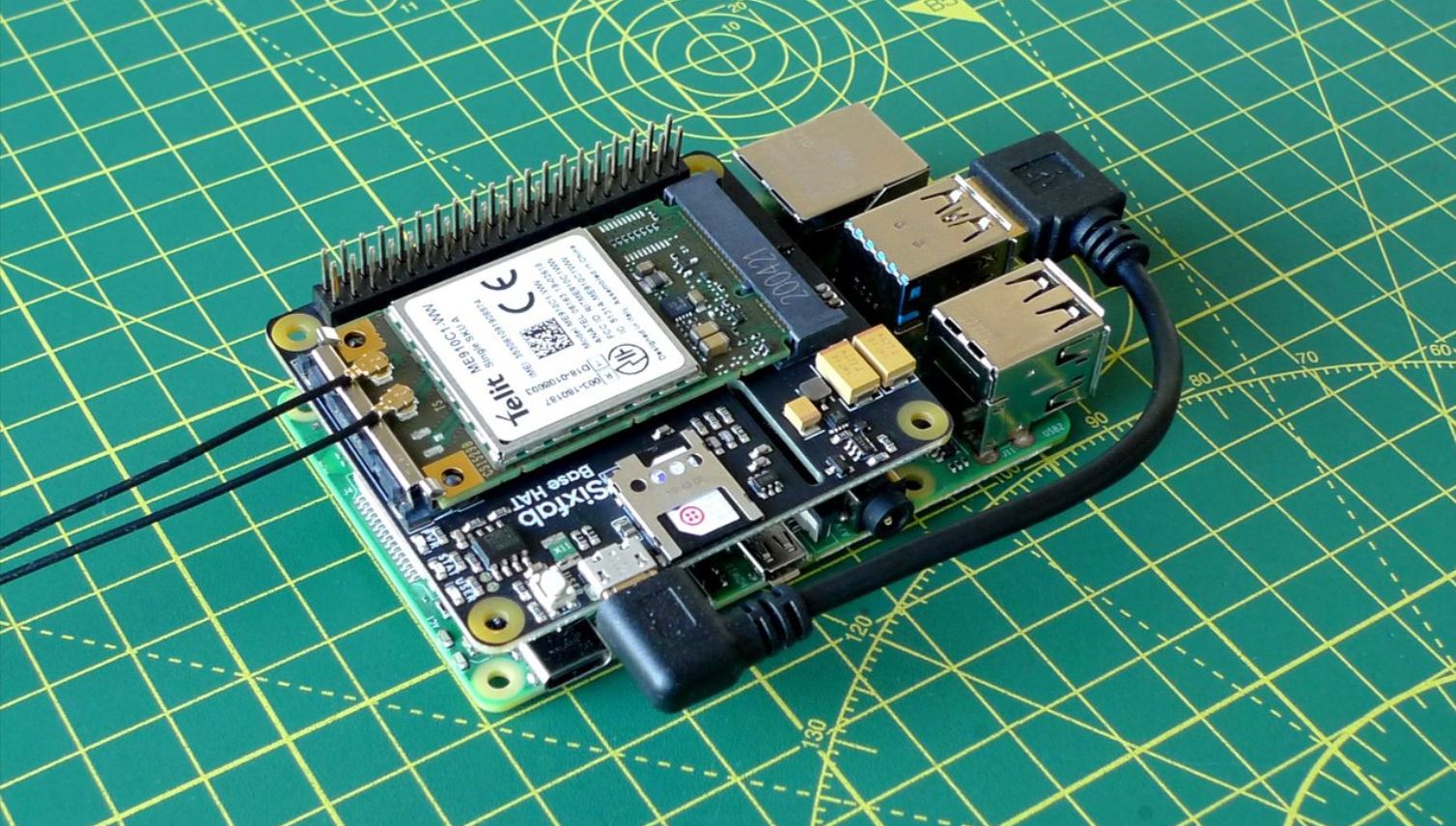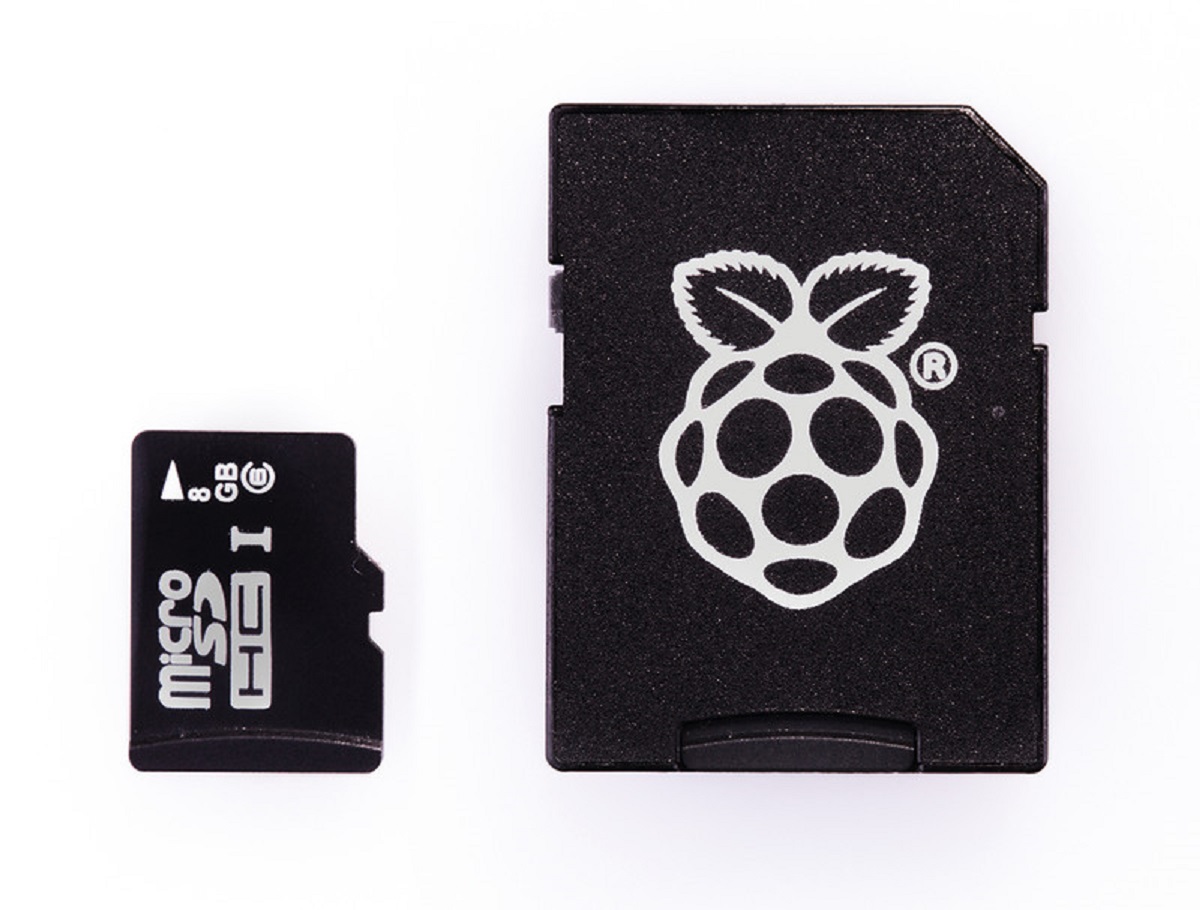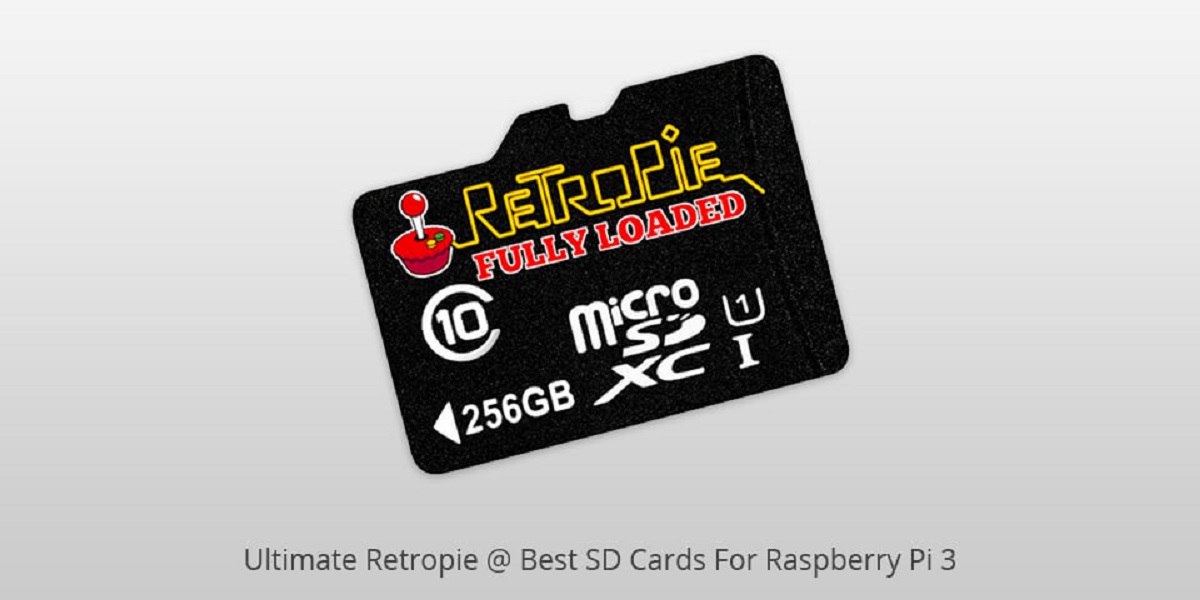Introduction
A Raspberry Pi is a popular and versatile single-board computer that can be used for various projects, from home automation to robotics. One crucial component of a Raspberry Pi setup is the SD (Secure Digital) card, which serves as the storage medium for the operating system and all your data.
However, just like any other storage device, SD cards have a limited lifespan and can eventually wear out or become corrupted. This can result in data loss, system crashes, and overall poor performance.
Therefore, it is important to regularly check the health of your Raspberry Pi SD card to ensure its reliability and longevity. This involves assessing the card for any errors, bad sectors, or signs of impending failure.
In this article, we will explore various methods to check the health of your Raspberry Pi SD card and discuss some warning signs that indicate a failing card. By keeping an eye on the health of your SD card, you can take proactive measures to prevent data loss and maintain the smooth operation of your Raspberry Pi.
What is an SD Card?
An SD (Secure Digital) card is a small, portable storage device commonly used in electronic devices such as digital cameras, smartphones, tablets, and of course, Raspberry Pi computers. It is a type of flash memory card that provides a convenient and reliable means of storing and transferring data.
SD cards come in various sizes, including standard SD, mini SD, and micro SD, with the latter being the most commonly used in Raspberry Pi devices due to its compact size.
These cards are designed to be removable and can be easily inserted into the SD card slot on your Raspberry Pi. Once inserted, the SD card acts as the primary storage for the Raspberry Pi’s operating system and any additional software or files you install.
There are different classes of SD cards available, with varying read and write speeds. The class rating (such as Class 4 or Class 10) indicates the minimum sustained write speed of the card in megabytes per second (MB/s). Higher class ratings generally offer faster performance, making them ideal for tasks that involve frequent reading and writing of data.
Overall, SD cards provide a convenient and portable storage solution for Raspberry Pi users, allowing them to easily expand storage capacity and transfer data between devices.
Why is it important to check the health of your Raspberry Pi SD Card?
The health of your Raspberry Pi SD card plays a crucial role in ensuring the smooth and reliable operation of your Raspberry Pi. Here are a few reasons why it is important to regularly check the health of your SD card:
1. Data integrity: Your SD card contains important data, including the operating system, software, files, and configurations specific to your Raspberry Pi setup. Checking the health of your SD card helps ensure that your data remains intact and prevents the risk of data loss or corruption.
2. Performance optimization: A degraded or failing SD card can significantly impact the performance of your Raspberry Pi. Regular health checks can help identify any issues that might be causing slowdowns, system crashes, or other performance-related problems. By addressing these issues promptly, you can optimize the performance of your Raspberry Pi.
3. Early detection of issues: Regular health checks allow you to detect early signs of SD card failure. This can include deteriorating read/write speeds, bad sectors, or other indicators of impending physical or logical damage. By identifying these problems early on, you can take necessary steps to prevent further damage and safeguard your data.
4. Preventing system crashes: A failing SD card can lead to system crashes and unexpected reboots, disrupting your Raspberry Pi projects or even causing data corruption. By proactively monitoring the health of your SD card, you can identify and resolve any issues before they escalate into system crashes, minimizing downtime and ensuring the stability of your Raspberry Pi.
5. Extending lifespan: Regular health checks and maintenance can help extend the lifespan of your SD card. By identifying and addressing any underlying issues, you can prevent premature failures and maximize the longevity of your SD card, saving you time and money in replacing it.
By prioritizing the health of your Raspberry Pi SD card, you can ensure the integrity of your data, optimize performance, detect issues early, prevent system crashes, and prolong the lifespan of your storage device.
How to check the health of your Raspberry Pi SD Card
Checking the health of your Raspberry Pi SD card is crucial to maintain its reliability and performance. Here are three methods you can use to assess the health of your SD card:
Method 1: Checking for errors using File System Check (fsck): This method involves running a file system check on your SD card to identify and fix any errors or inconsistencies. To perform this check, you need to insert the SD card into a computer and use the appropriate file system check command. For example, on a Linux system, you can open the terminal and run the command sudo fsck /dev/sdX (replace /dev/sdX with the actual device name of your SD card). The file system check will scan and repair any issues with the SD card’s file system.
Method 2: Using a third-party software for SD card health check: Several third-party software applications are available that can analyze and diagnose the health of your Raspberry Pi SD card. These tools provide comprehensive information about the card’s health status, including read/write speeds, bad sectors, and overall condition. Some popular options include H2testw for Windows and Disk Utility for macOS.
Method 3: Monitoring SD Card health with SMART tools: SMART (Self-Monitoring, Analysis, and Reporting Technology) is a technology built into many storage devices, including SD cards. It allows for monitoring various attributes of the card that indicate its health and potential issues. To check the SMART status of your SD card, you can use tools like smartmontools on Linux. These tools provide detailed information about the card’s health, error rate, temperature, and more.
It is important to note that while these methods can provide valuable insights into the health of your Raspberry Pi SD card, they do not guarantee 100% accuracy. Therefore, it is recommended to use multiple methods and regularly backup your data to minimize the risks associated with a failing SD card.
By regularly checking the health of your SD card, you can ensure the integrity of your data, address any issues before they worsen, and maintain the optimal performance of your Raspberry Pi.
Method 1: Checking for errors using File System Check (fsck)
One of the most common methods to check the health of your Raspberry Pi SD card is to perform a file system check using the fsck command. This command is available on most Linux distributions and can help identify and fix any issues with the file system on your SD card.
Here’s how to perform a file system check:
- Insert your SD card into a computer that has a card reader and is running a Linux operating system.
- Open a terminal and run the command
lsblkto list the available storage devices. Take note of the device name associated with your SD card (e.g., /dev/sdc). - Run the following command to unmount the SD card, replacing
/dev/sdXwith the device name of your SD card:
sudo umount /dev/sdX - Next, run the fsck command to check for errors:
sudo fsck /dev/sdX - The fsck command will scan the file system on your SD card and report any errors or inconsistencies it finds. If any errors are found, the command will attempt to fix them automatically.
- Once the file system check is complete, you can safely remove the SD card from the computer.
Performing a file system check using fsck can help identify and fix issues such as corrupted file systems, bad sectors, and other file system-related errors. It is recommended to regularly run this check to ensure the overall health and performance of your Raspberry Pi SD card.
However, please note that the fsck command should be used with caution, as it can modify the file system on your SD card. It is always a good idea to backup your data before performing any file system checks to prevent data loss in case the command does not work as expected.
By regularly checking your SD card for file system errors using fsck, you can proactively address any issues that may affect the stability and reliability of your Raspberry Pi.
Method 2: Using a third-party software for SD Card health check
Another method to check the health of your Raspberry Pi SD card is by using third-party software specifically designed for SD card health checks. These software applications provide comprehensive insights into the condition of your SD card and can help identify any potential issues or abnormalities.
Here’s how you can use third-party software for SD card health checks:
- Research and identify a reliable SD card health check software. Some popular options include H2testw for Windows, Disk Utility for macOS, and SD Insight for Android.
- Download and install the chosen software on your computer or mobile device.
- Insert your Raspberry Pi SD card into the appropriate card reader or slot on your computer.
- Open the SD card health check software and select the option to analyze or perform a health check on the SD card.
- The software will scan your SD card and provide detailed information about its health status, including read/write speeds, error rates, and overall condition.
- Take note of any warnings or alerts provided by the software, as they may indicate potential issues with your SD card.
- Based on the information provided by the software, you can decide on the appropriate action to take. This may include reformatting the SD card, replacing it if necessary, or taking extra precautions to backup your data.
- Once you have completed the SD card health check, safely remove the SD card from the card reader or slot.
Using a third-party software for SD card health checks allows you to gain valuable insights into the overall condition of your SD card. These tools provide a user-friendly interface and comprehensive reports that can help you make informed decisions about the health and maintenance of your Raspberry Pi SD card.
Remember to regularly perform SD card health checks using the software of your choice to proactively monitor and maintain the reliability of your SD card.
Method 3: Monitoring SD Card health with SMART tools
Monitoring the health of your Raspberry Pi SD card using SMART (Self-Monitoring, Analysis, and Reporting Technology) tools can provide valuable insights into its performance and potential issues. SMART is a technology built into many storage devices, including SD cards, that allows for the monitoring of various attributes that indicate the health of the device.
Here’s how you can use SMART tools to monitor the health of your SD card:
- Ensure that your Raspberry Pi is connected to the internet and has access to the command line interface.
- Install the smartmontools package by running the appropriate command for your Linux distribution. For example, on Debian-based systems, you can use the command
sudo apt-get install smartmontools. - Once smartmontools is installed, insert your Raspberry Pi SD card into the card reader connected to your Raspberry Pi.
- Open the terminal and run the following command to retrieve the SMART data for your SD card:
sudo smartctl -a /dev/mmcblk0
Replace/dev/mmcblk0with the appropriate device name for your SD card. This command will display detailed information about the health and attributes of your SD card. - Review the SMART data provided by the command. Look for any warnings or attributes that indicate potential issues, such as high error rates, reallocated sectors, or temperature fluctuations.
- If any issues or warnings are detected, consider taking appropriate action, such as replacing the SD card or backing up critical data.
- Periodically run the SMART monitoring command to keep track of the health of your SD card. Consider setting up automated monitoring and alert systems to notify you of any significant changes in the SMART attributes.
By using SMART tools to monitor the health of your Raspberry Pi SD card, you can proactively detect and address potential issues before they lead to data loss or system failure. Regularly monitoring the SMART attributes of your SD card can give you a better understanding of its performance and ensure optimized functioning of your Raspberry Pi.
Signs of a failing SD Card and what to do next
As SD cards age or experience wear and tear, they may start to exhibit signs of failure. Recognizing these signs early on can help you take the necessary steps to prevent data loss and ensure the proper functioning of your Raspberry Pi. Here are some common signs of a failing SD card:
1. Frequent system crashes: If you notice that your Raspberry Pi regularly crashes or freezes, it could be a sign that your SD card is failing. When an SD card starts to deteriorate, it can cause read or write errors, which may lead to system instability or crashes.
2. Slow or delayed operations: A failing SD card may result in slower read or write speeds, leading to delays when accessing files or executing programs on your Raspberry Pi. If you notice a significant decrease in performance or a noticeable delay in operations, it could be an indication of SD card issues.
3. Missing or corrupted files: Data corruption or loss is another warning sign of a failing SD card. You may notice that files become inaccessible, go missing, or become corrupted. This can happen when the storage cells on the SD card start to degrade, leading to data errors.
4. Error messages or unusual behavior: Your Raspberry Pi may display error messages indicating issues with accessing the SD card. Furthermore, you may notice unusual behavior such as files not opening correctly, applications crashing frequently, or unusual error prompts during operation. These signs suggest that the SD card functionality is compromised.
5. Inability to format or write data: If you encounter difficulties when trying to format the SD card or experience errors while writing data to the card, it could indicate technical problems with the storage medium. These issues may signal that the SD card is reaching the end of its lifespan.
If you observe any of these signs, it is important to take action to prevent data loss or further damage. Here’s what you can do next:
1. Backup your data: Before attempting any troubleshooting or repair methods, it is vital to back up your data to ensure that you have a copy of all important files and documents.
2. Run diagnostic tests: Utilize the methods discussed earlier, such as performing a file system check using fsck, using third-party software for SD card health checks, or monitoring the SD card’s health with SMART tools. These tests can help identify any issues and guide you in making informed decisions about the state of your SD card.
3. Replace the SD card: If the SD card shows substantial signs of failure or the issues persist even after running diagnostic tests, it is advisable to replace the SD card. Investing in a new, high-quality SD card will provide you with a fresh and reliable storage medium for your Raspberry Pi.
4. Ensure regular backups: After replacing the SD card, make it a habit to perform regular backups of your important data. This precautionary measure will help protect your valuable information in case of any future SD card failures.
By recognizing the signs of a failing SD card and taking appropriate action, you can protect your data, prevent disruptions to your Raspberry Pi projects, and ensure the smooth operation of your device.
Conclusion
Checking the health of your Raspberry Pi SD card is essential for maintaining a reliable and efficient computing experience. By regularly assessing the condition of your SD card, you can proactively identify potential issues before they lead to data loss, system crashes, or performance degradation.
In this article, we discussed three methods to check the health of your Raspberry Pi SD card. The first method involved using the built-in file system check command (fsck) to identify and fix errors in the file system. The second method focused on utilizing third-party software specifically designed for SD card health checks, providing comprehensive insights into the condition of your SD card. Lastly, we explored using SMART tools to monitor the health of your SD card by analyzing various attributes that indicate performance and potential issues.
We also discussed the signs of a failing SD card, including frequent system crashes, slow operations, missing or corrupted files, error messages, and difficulties with formatting or writing data. Recognizing these signs is crucial for taking timely action to prevent data loss and further damage to your SD card.
If you notice any of these signs, it is recommended to backup your data, run diagnostic tests on your SD card using the methods discussed, and consider replacing the SD card if the issues persist or worsen.
By prioritizing the health of your Raspberry Pi SD card and employing regular checks and maintenance, you can ensure the integrity of your data, optimize the performance of your Raspberry Pi, and prolong the lifespan of your SD card.
Remember, prevention is always better than a cure when it comes to the health of your SD card. Regular monitoring and maintenance will go a long way in maintaining the stability, reliability, and overall functionality of your Raspberry Pi.







